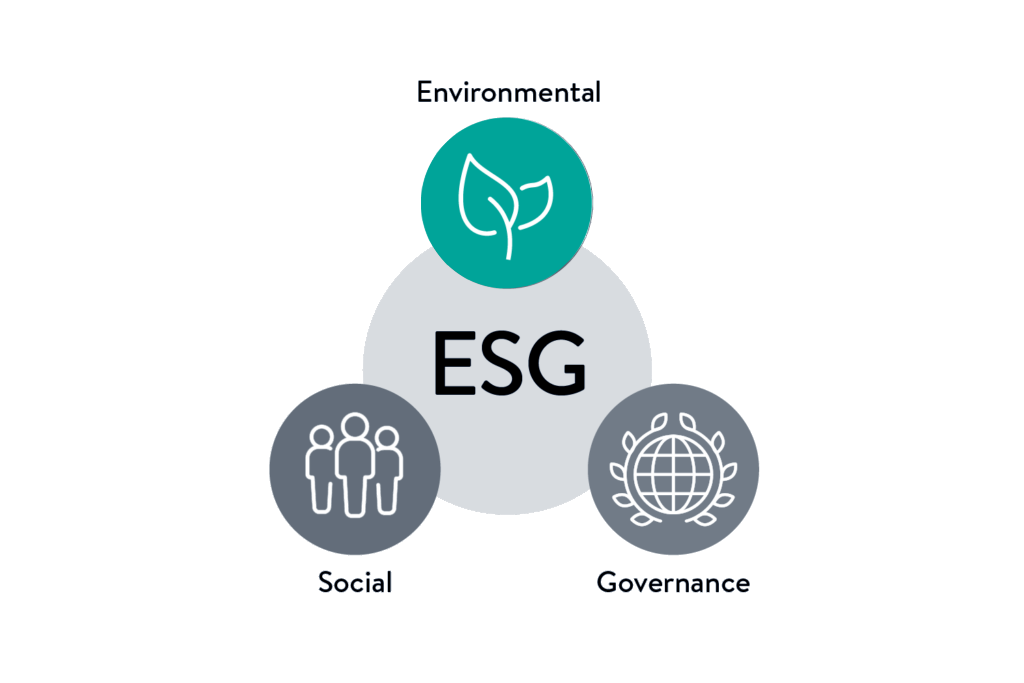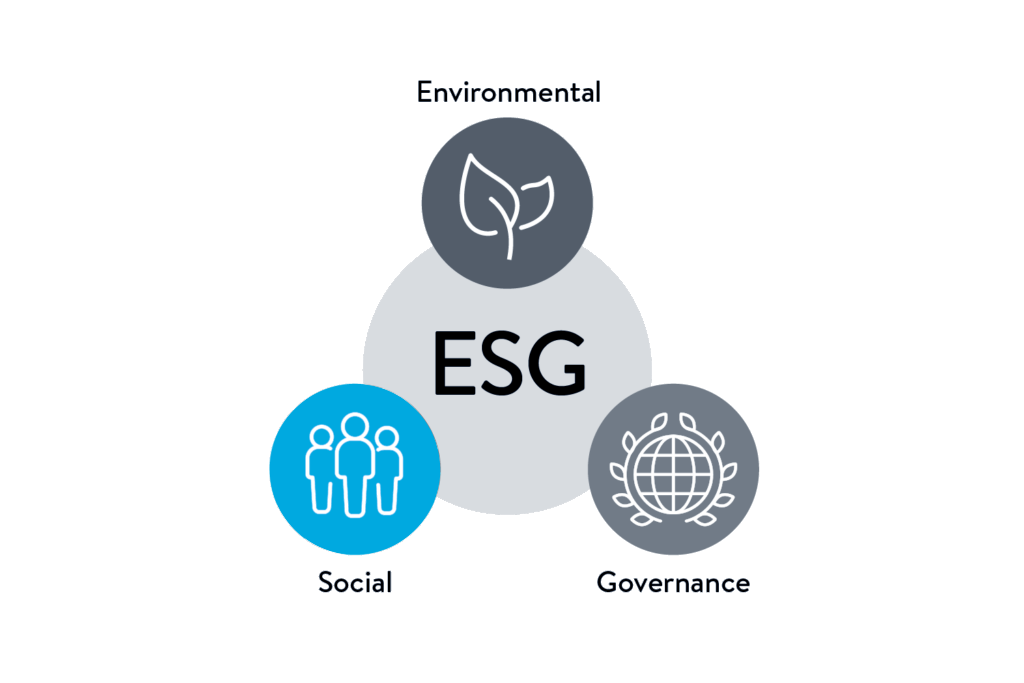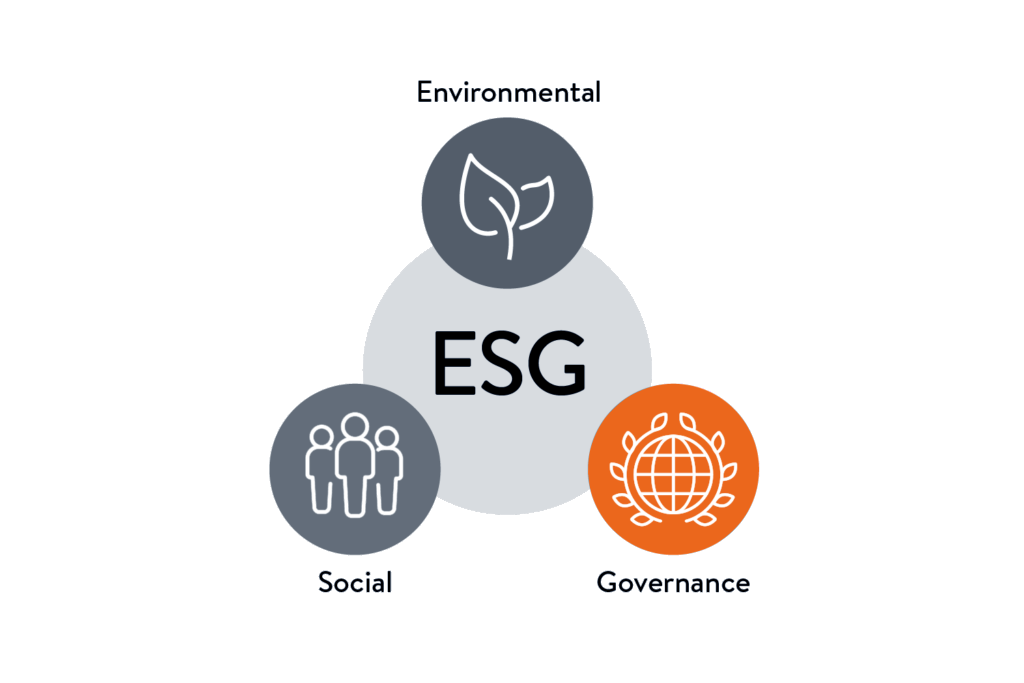The Impact of Plants on ESG: Enhancing Sustainability and Well-being
Environmental, Social, and Governance (ESG) criteria have become essential benchmarks for evaluating corporate responsibility. A critical yet often overlooked aspect of ESG is the incorporation of plants within business environments. Plants improve air quality, aid in carbon sequestration, and enhance energy efficiency, contributing significantly to ESG goals. Lets look into how:

ENVIRONMENTAL
- Improved Air Quality Plants are natural air purifiers. They absorb carbon dioxide and release oxygen, helping to improve air quality. Certain species, such as the peace lily and spider plant, can remove toxins like formaldehyde and benzene from the air. This leads to a healthier indoor environment, which is especially beneficial in urban office settings.
- Carbon Sequestration Incorporating plants in office spaces and urban areas aids in carbon sequestration. By absorbing carbon dioxide during photosynthesis, plants reduce the overall carbon footprint. This aligns with environmental sustainability goals, showcasing a company’s commitment to reducing greenhouse gases.
- Energy Efficiency Strategically placed plants can regulate indoor temperatures, reducing the need for excessive heating and cooling. For instance, green walls and rooftop gardens act as natural insulators, maintaining cooler temperatures in the summer and warmer conditions in the winter. This leads to significant energy savings and supports environmental sustainability.

SOCIAL
- Enhanced Employee Well-being Studies have shown that exposure to greenery and natural elements can reduce stress levels, improve mood, and boost productivity . Plants in the workplace create a serene and aesthetically pleasing environment, which can lead to happier, more engaged employees. This is a tangible demonstration of a company’s commitment to the social aspect of ESG.
- Community Engagement Urban greening projects, such as community gardens and green public spaces, foster community engagement and social cohesion. By investing in these initiatives, businesses can enhance their social impact, demonstrating a commitment to improving local communities.

GOVERNANCE
- Improved Corporate Image Companies that prioritise environmental and social responsibility often enjoy a better corporate image. Investors, customers, and employees are increasingly favouring businesses that demonstrate a commitment to ESG principles . Integrating plants into your business strategy is a visible and effective way to showcase this commitment.
- Regulatory Compliance Adhering to ESG criteria often means complying with environmental regulations and standards. By incorporating plants into your business environment, you not only enhance sustainability but also ensure compliance with relevant regulations. This proactive approach can prevent potential legal issues and align with governance best practices .
FAQ
How do plants contribute to a company’s sustainability goals?
Plants contribute to sustainability by improving air quality, aiding in carbon sequestration, and enhancing energy efficiency through natural temperature regulation. These benefits help reduce a company’s carbon footprint and promote environmental stewardship.
What types of plants are best for improving indoor air quality?
Some of the best plants for improving indoor air quality include the peace lily, spider plant, English ivy, and snake plant. These species are known for their ability to filter out common toxins and pollutants.
How can businesses incorporate plants to meet ESG criteria?
Businesses can incorporate plants through indoor greenery, green walls, rooftop gardens, and participation in urban greening projects. These initiatives not only enhance the physical workspace but also demonstrate a commitment to environmental and social responsibility. However, this can be quite a bit task to take on yourself which is where we come in.
Are there any financial benefits to integrating plants into business environments?
Yes, integrating plants can lead to financial benefits such as reduced energy costs due to natural temperature regulation and increased employee productivity and well-being, which can translate into lower healthcare costs and higher overall efficiency.


Recent Comments